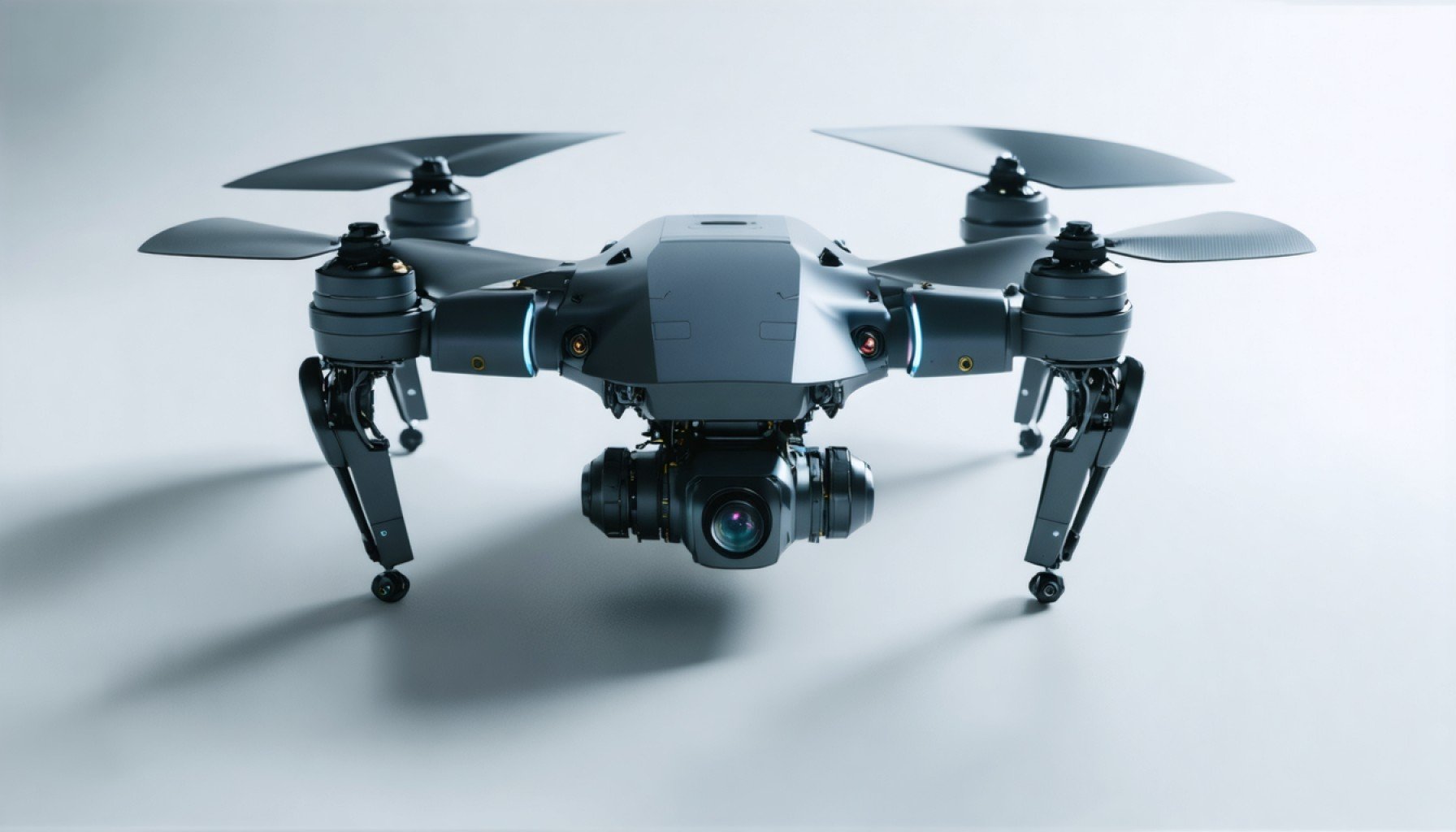New Eco-Friendly Tech Set to Replace Harmful Refrigerants

As global temperatures soar, the use of air cooling is becoming more widespread, contributing to higher energy consumption and environmental concerns. In response, researchers at the University of Maryland’s Center for Environmental Energy Engineering (CEEE) are exploring innovative solutions to make air conditioning more efficient and environmentally friendly. Their work, funded by the Department of Energy, focuses on developing alternatives to traditional cooling methods that rely on harmful chemicals.
The Environmental Impact of Traditional Cooling
For years, air conditioners have used hydrofluorocarbons (HFCs) as refrigerants. While effective at cooling, HFCs are potent greenhouse gases with significant global warming potential. The urgency to find alternative refrigerants increased after the 2020 passage of the AIM Act and the 2022 ratification of the Kigali Amendment, both of which mandate a phasedown of HFCs.
One promising alternative is elastocaloric cooling, a technology developed through the collaboration between Dr. Reinhard Radermacher, director of the CEEE, and Dr. Ichiro Takeuchi, interim chair of the Department of Materials Science and Engineering at UMD.
Initially, Takeuchi and his colleague were exploring the use of nickel-titanium alloys for medical stents. However, they discovered that stretching and releasing these alloys could produce a cooling effect, sparking the idea to apply this phenomenon to air conditioning.
With funding from the Advanced Research Projects Agency-Energy (ARPA-E), Radermacher and Takeuchi combined their expertise to advance elastocaloric cooling technology. This technique involves applying mechanical stress to superelastic shape memory alloys, like nickel-titanium, which release heat when compressed and absorb it when released, thus creating a cooling effect.


Although the cooling capacity of these alloys is currently less than that of HFCs, they present a safer, more stable alternative as they are made from naturally occurring metals that do not harm the environment.
The CEEE, founded in 1991, has been a leader in researching environmentally responsible energy conversion, particularly in the area of heat pumps. The center regularly undertakes a wide array of projects, involving faculty and graduate students, and has contributed significantly to the field by developing air conditioning design software used globally.
The recent $5 million funding from the Department of Energy has enabled the center to continue its pioneering research in elastocaloric cooling and other related technologies. Radermacher acknowledges that such funding is critical, as the innovative nature of their work requires creative approaches to harness the heating and cooling effects of materials like nickel-titanium.
Future Applications and Global Recognition
The concept of elastocaloric cooling is gaining attention globally, even being highlighted in the World Economic Forum’s list of the top 10 emerging technologies of 2024. The ultimate aim at CEEE is to develop a cooling system that avoids the use of fluids that could release harmful substances into the atmosphere. Initially, the researchers are focusing on creating smaller-scale applications, such as refrigerators and wine coolers, using elastocaloric technology.
Takeuchi is optimistic about the future, noting that the technology has matured to a point where scaling up is the next logical step. “We are plateauing in the energy density,” he said, “which is an indication that we reached a place where technology has matured enough that now all we need to do is scale up, and then we should be able to start realizing real applications.”
link





